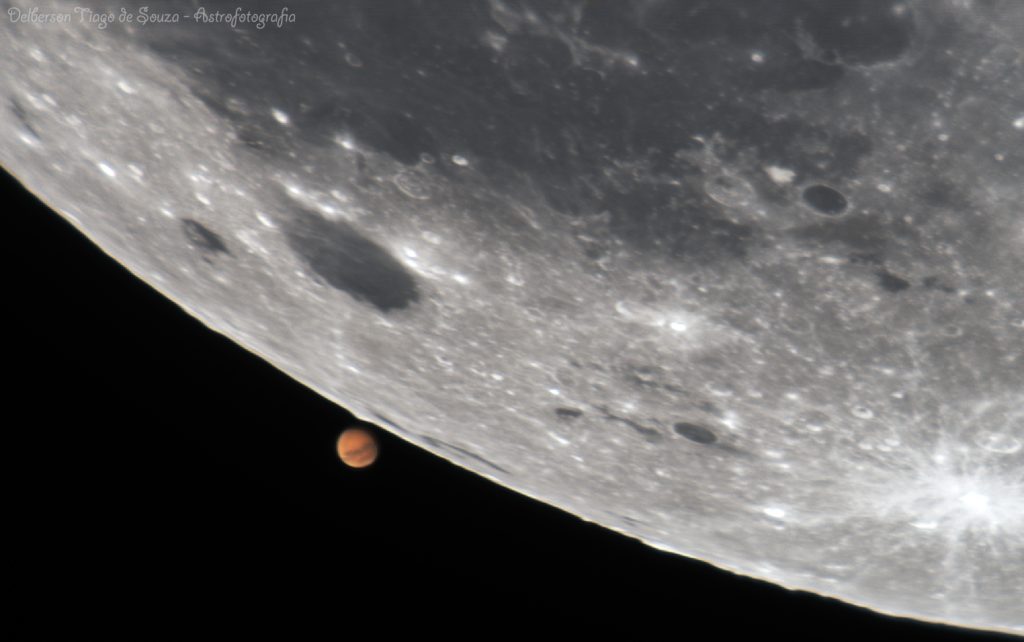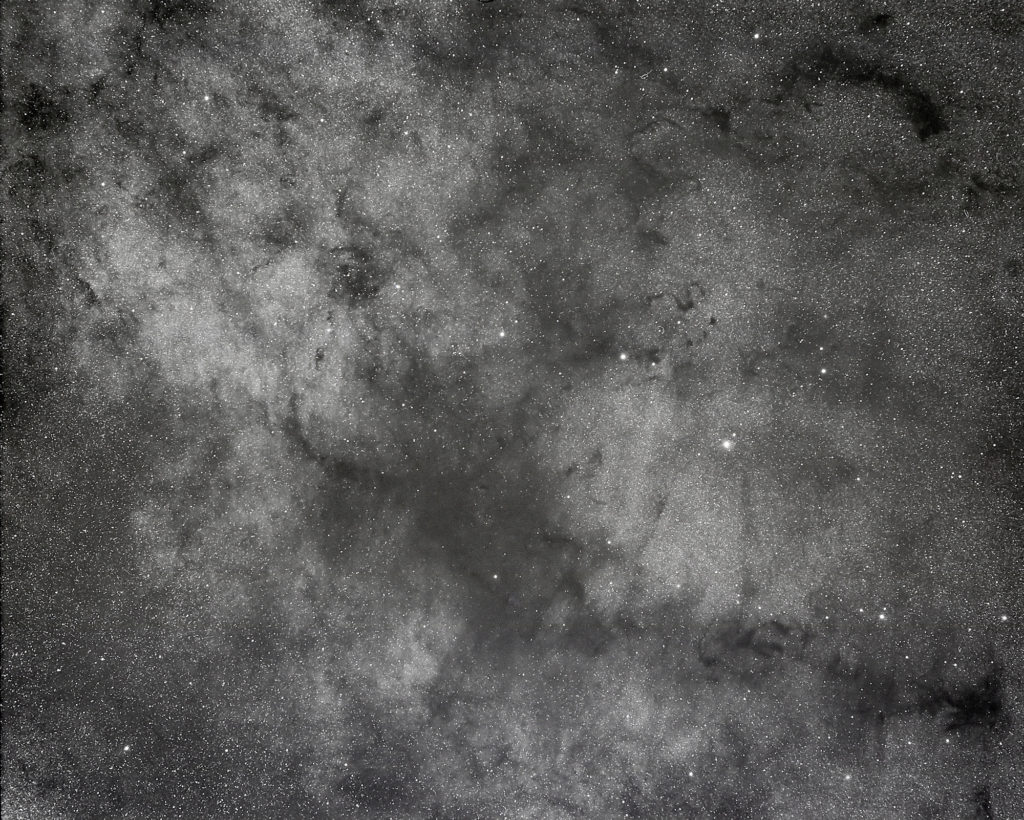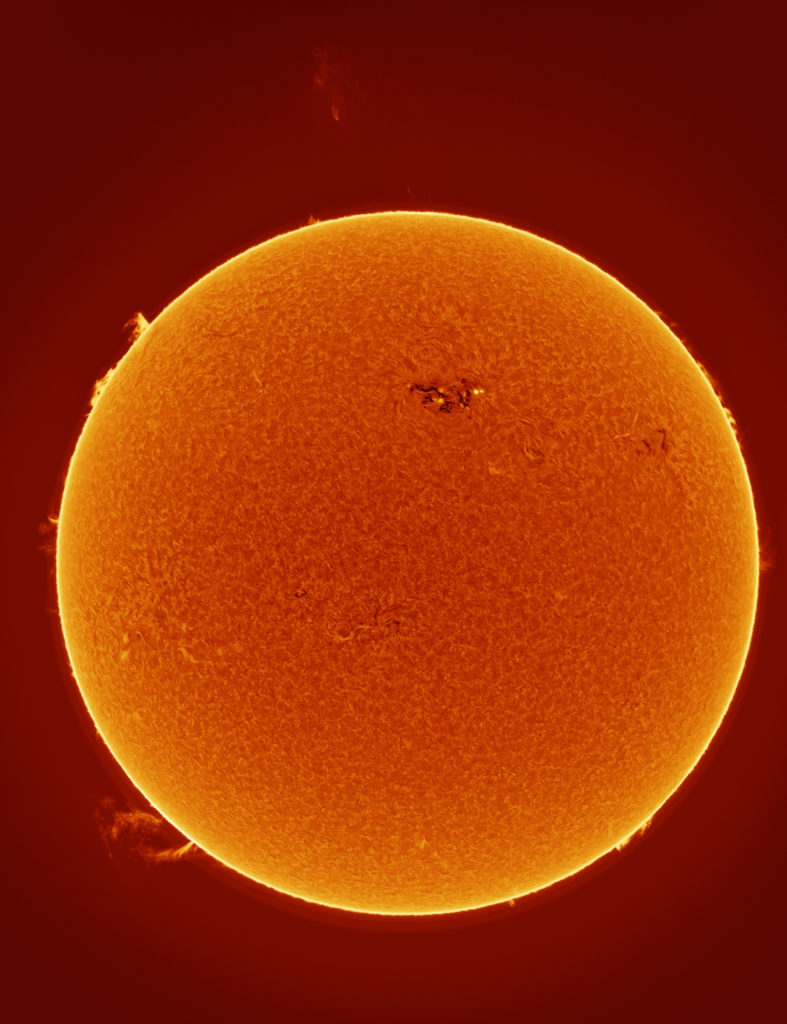 Mars approaches a grazing lunar occultation on September 5, 2020. Image courtesy of Delberson Tiago de Souza at Astrobin under the Creative Commons License.
Mars approaches a grazing lunar occultation on September 5, 2020. Image courtesy of Delberson Tiago de Souza at Astrobin under the Creative Commons License.
Set a reminder – and hope for clear sky – on the night of December 7-8 as a remarkable event takes place – a full December ‘Cold Moon’ passing in front of Mars just two hours before the planet reaches opposition. The event is visible through parts of western Europe, Canada, and the U.S. except for the eastern seaboard, the southeast, and Alaska. You can see the event without optics, with binoculars, or the telescope of your choice. It will be an astronomical event to remember [Read more…] about The Full Moon Occults Mars at Opposition
Share This:


